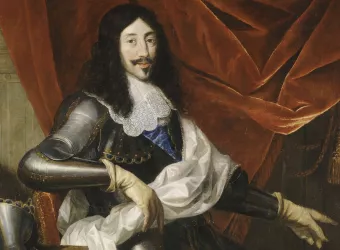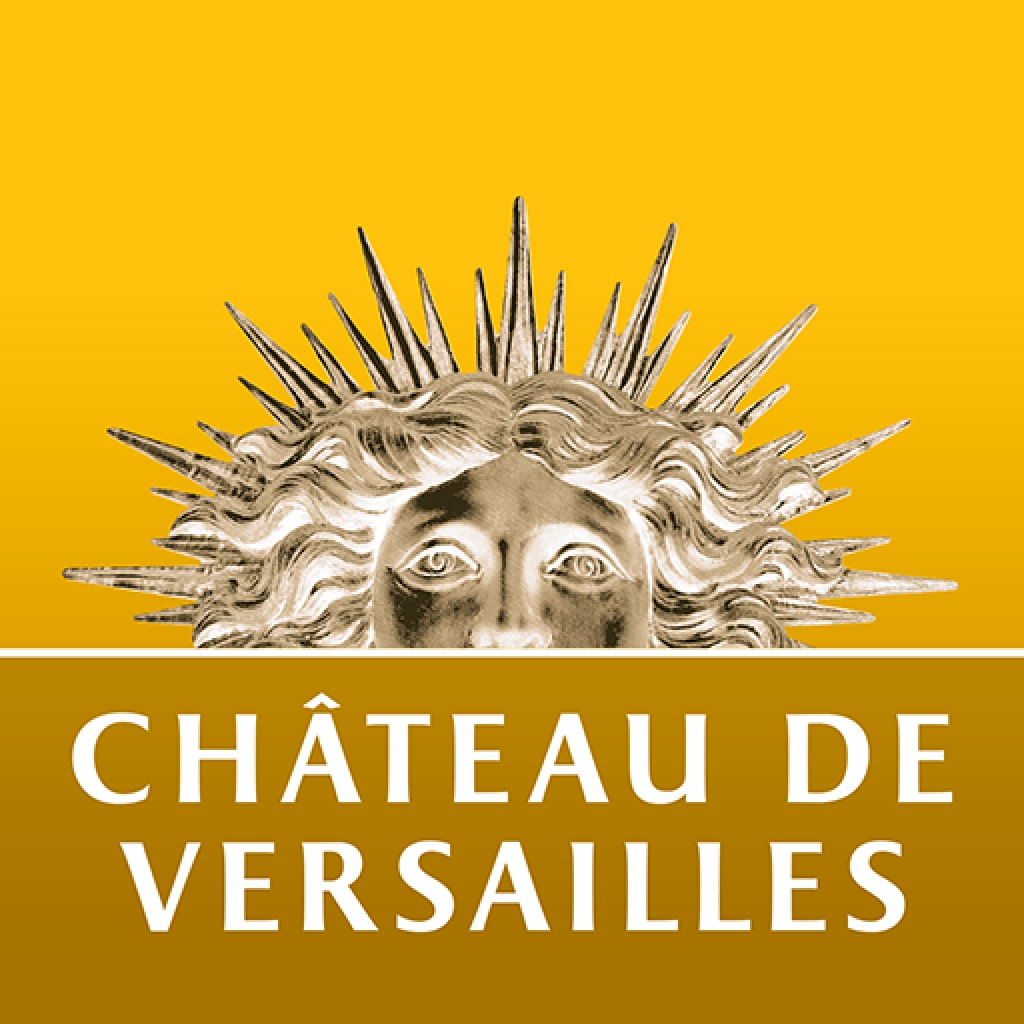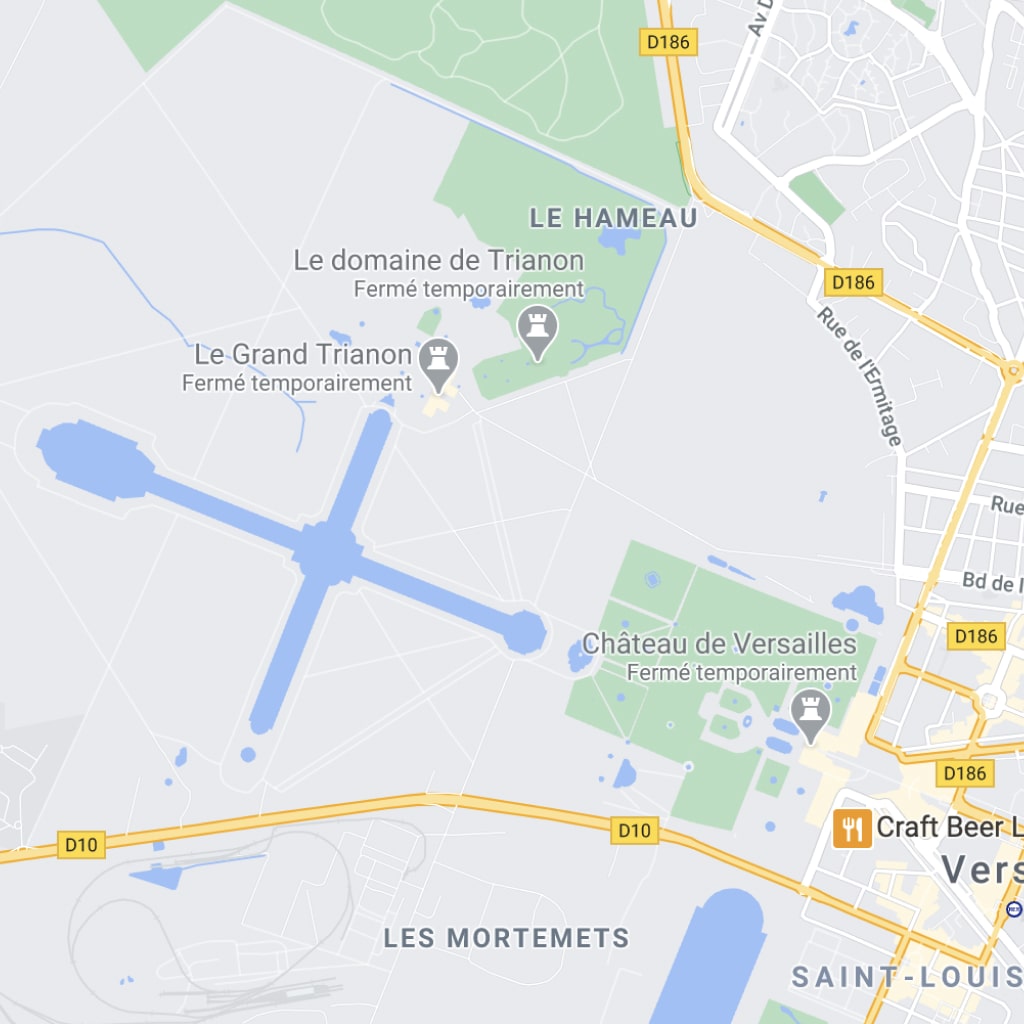This was the first grand party given in Versailles by Louis XIV, and was also the first time, under the aegis of the king, that Molière and Lully collaborated. These six days of spectacular celebrations firmly established the legend of Versailles as a festive venue.

The party of the Delights of the Enchanted Island 7-13 May 1664
From 7 to 13 May 1664, Louis XIV held a party in honour of his mother Anne of Austria and Queen Maria-Theresa, based on the story of Alcine the magician who held Roger and his valiant knights prisoner in her palace. The love, action and magic of the subject fired the imagination of the Court. Inspired by Ariosto, the party was in fact dedicated to Mlle de La Vallière, the king’s mistress. His Director of Ballets, the Duke of Saint-Aignan, chose the subject, while Carlo Vigarani chose the location. Originally from Modena, the latter had been made Grand Director of Royal Entertainment in 1659, whereupon he promptly brought machinery and Italian decor to the French stage.
Anecdote
The celebrations continued with horse races, lotteries, visits to the Menagerie and theatrical performances. Molière’s famous work Tartuffe was performed for the first time on the evening of 12 May. In spite of the king’s appreciation, the play caused a scandal and was censored. The Court returned to Fontainebleau the next day, bringing a wonderful dream to a close.
At the start of the three days the courtiers watched a horseback parade in which the king played the role of Roger, dressed in lavish fire-coloured garments with a harness of gold, silver and precious stones. He was accompanied by equally lavishly dressed horsemen who descended the Royal Way (Great Lawn), followed by Apollo’s chariot. Making their way to Alcine’s palace, which had been built in the Round Pool (the future Apollo’s Fountain), they were followed by a competition that saw riders try to unhook a ring from a frame using their lances. At nightfall the Park was lit up by thousands of lights, and a ballet on the theme of the seasons began, while a magnificent feast was served by servants wearing masks and costumes.
At nightfall on the second day, on a stage set up in the Royal Way, Louis XIV, dressed as Roger, performed a ballet for the ladies which had been specially written for the occasion by Molière and Lully, called The Princess of Elide. For the first time in France, theatre, opera, comedy and literature were combined. Shepherds and shepherdesses surrounded by animals danced and sang to the music of flutes and violins. On the third day, Alcine’s palace was set alight in a fantastic firework display orchestrated by Vigarani, while a floating whale accompanied by two whale calves bore away Alcine and her servants.











